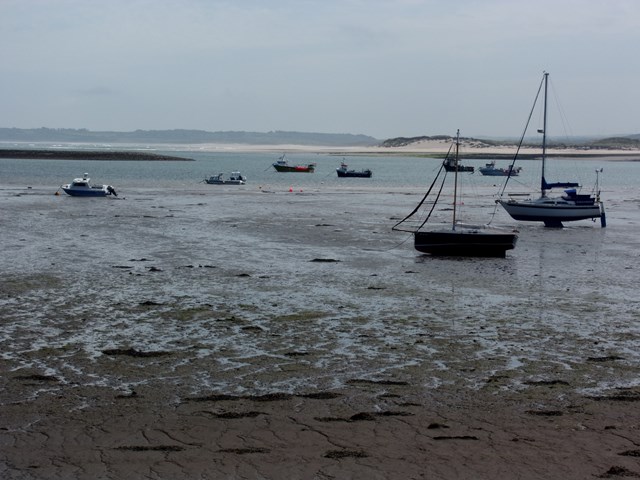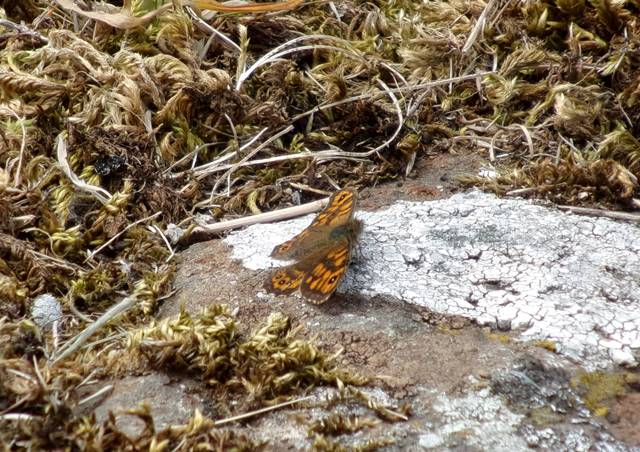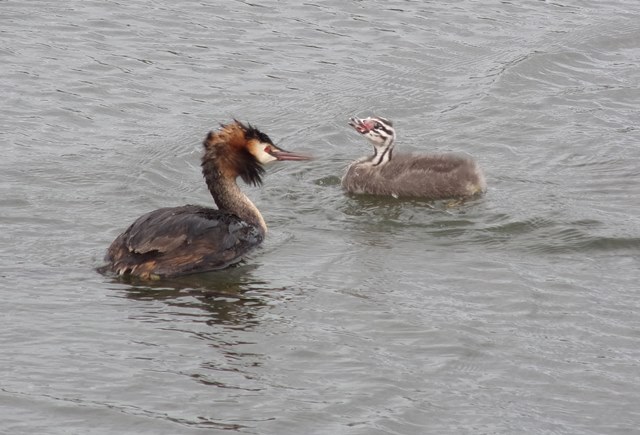Well, I didn't mean to leave such a gap between posts but, what with the weather being so glorious, I just haven't felt like being in front of a screen. However, I do want to finish recording our holiday to have something to look back on, so let's journey back to June (!) in Northumberland.
Last time I took you to Dunstanburgh Castle and I have another castle for you today. Lindisfarne Castle sits high on an outcrop of whinstone rock on the Holy Island of Lindisfarne, I've always known the island as Lindisfarne but, locally, it seems more commonly known as Holy Island. It's reached by a causeway which is flooded at high tide so I'd carefully checked the tide times to work out the best day for a visit: Thursday it was.
What surprised me first was how big the island is and that there's also a small village. The vision in my head had always been limited to the castle, though I did know there was a ruined priory on the island too.
Lindisfarne has been a place of pilgrimage for centuries. St Aidan founded the monastery in AD635 though it's St Cuthbert who was its most celebrated inhabitant. The remaining ruins of the priory church date from the 1100s. We did wander across but didn't go inside. You can see a lot of the ruins from the outside though there's also a visitor centre.
Next door is the the parish church of St Mary the Virgin which is reputed to stand on the site of the original monastery founded by St Aidan. My favourite part was this statue, The Journey, by Dr Fenwick Lawson, depicting the monks carrying St Cuthbert to his final resting place in Durham Cathedral.
We didn't linger though as we were eager to continue our journey over to the castle.
There's a tradition in the area of using old herring boats as sheds and these examples have been much photographed.
I was intrigued by the tall obelisks standing out in the bay. Later I discovered they're navigation beacons, East and West Old Law, one of which is still in use.
Further along the coast in the distance is Bamburgh Castle which we planned to visit later that day.
Before heading into the castle itself, we made our way over to the far end of the island to investigate the 'cairns'.
The structure with the arched entrances is the old lime kilns.
Now to the castle itself. Built in the 1550s using stones from the demolished priory, it was in use for many years as a fort and look-out. After being abandoned, it was bought in 1901 by Edward Hudson who turned it into a holiday home.
He employed Gertrude Jekyll to create a garden...
...and the architect, Sir Edwin Lutyens, to renovate and decorate it.
It seemed a lovely, cosy, comfortable spot but not all visitors felt that way. Lytton Strachey described it as 'very dark, with nowhere to sit, and nothing but stone under, over and round you'!
View from the top looking back to the village and priory.
There was so much more we could have seen and explored but the turning of the tide was getting closer and the lure of Bamburgh and its castle was too strong. And that's where we're headed next :)
Hope you're enjoying your weekend. We're taking my Dad to see the new Star Trek movie later: 'Live long and prosper' my friends! x

























































